The small blue orb held between thumb and middle finger is, at first appearance, simply a tasty looking blueberry. To me, however, it is a time capsule; an edible indelible memory from childhood.
When I close my eyes and squash down on its firm skin, the very distinctive flavor instantly, without exception, takes me back to a summer-dry, boreal oak-heath forest in northern Michigan some fifty to sixty years ago where, down on my knees with blue stained impatient fingers, pail at the ready, I’m half the time filling it with as many huckleberries (similar to blueberries) as I am sneaking them into my mouth. No matter. My mother would always get three buckets to my one guaranteeing plenty for the up coming evening’s hot huckleberry pie and the following morning’s huckleberry pancakes with maple syrup.
I don’t know of any other fruit or vegetable that works its time magic this way.
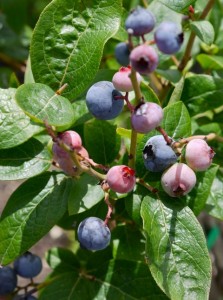 Such summertime field trips to the deep forest to pick berries whilst spending a barefoot three months at the lakeside cottage with no radio, telephone, TV, or even hot water, were always, not only a delight for my young self, but (if I may use a term not known to me then) a “transcendent experience”.
Such summertime field trips to the deep forest to pick berries whilst spending a barefoot three months at the lakeside cottage with no radio, telephone, TV, or even hot water, were always, not only a delight for my young self, but (if I may use a term not known to me then) a “transcendent experience”.
It would be one of many such ecstatic experiences felt in nature as a child; from the Greek root — ek stasis — meaning “out-standing” or “standing outside ourselves”.
Of possible interest to the reader is that this blue fruit belongs to the Ericaceae family, a group of mostly calcifuge (lime-hating), acidic soil loving flowering plants whose members include the cranberry, blueberry, huckleberry, azalea and rhododendron. Bet you didn’t know that.
Most Ericaceae form a symbiotic relationship with mycorrhizal fungi that grow in and around the roots and provide the plant with nutrients “in exchange” for sugar produced by the plant.
According to Diana Beresford-Kroeger in her delightful book ‘Arboretum Borealis’, there is something decidedly odd about the blueberry.
The plant loves the acid soils, no doubt, and grows well in them, making the powder blue fruit for which the skinny plant is famous. But the roots have no root hairs. They manage their underground life dealing with mycorrhizal growth in a mysterious manner. From its lucky dip of growth the plant manages to store some strange elements in the fruit. There are chromium, zinc, iron, copper, magnesium, and molybdenum. These are placed into a form that is extremely healthy to eat. All these elements make up the co-enzyme catalytic factors that fire up all metabolic pathways in the moving [human], beast, or bird.
Blueberries hike up the iron in hemoglobin. They are high in vitamin C and quercetin, the universal capillary protector. They therefore clear the skin and beautify the face. The ripe blueberry is antidiabetic and somehow helps with hypoglycemia.
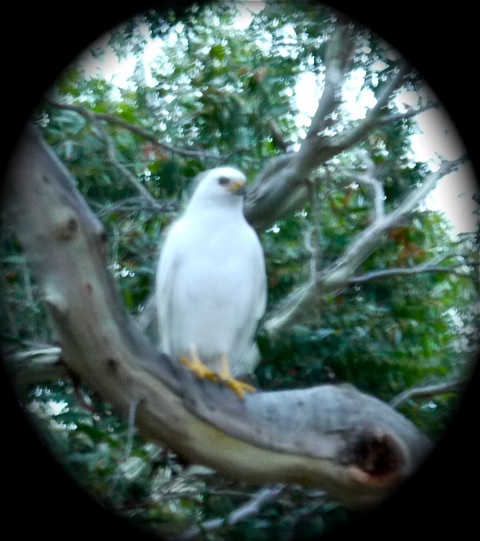
So why the bird? Just to show that nothing happens at Windgrove without other equally fascinating events taking place, as well.
On the day I ate the blueberry, I woke to a noise on the roof. Thinking it was a possum I went to check it out, but was amazed to find it was, instead, a goshawk who, after flying off the roof, tried to enter into the house through the french doors. In the dim early morning light and without my glasses I quickly tried to get a photo of her, but didn’t do a great job of focusing.
For the twenty years I have lived at Windgrove, a white goshawk has never been sighted. The male goshawk is grey — and get this — only half the size of the pure white female. She’s no friendly white dove of peace, either, as she chases down little birds for breakfast.
Simple encounters make my day. They keep me excited; ecstatic. My childhood and adult adventures have blended into an ongoing lifestyle hybrid of what psychologist James Hillman would call a beneficial, yet paradoxical, paradigm of senex and puer.
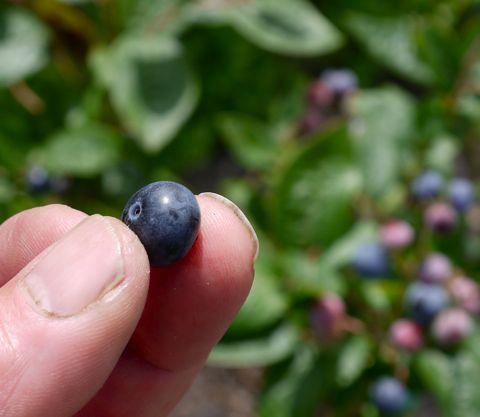

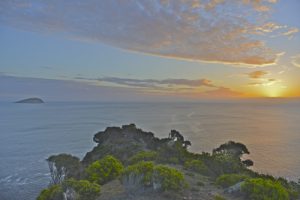
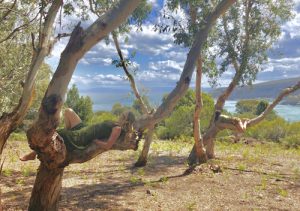
You must be logged in to post a comment.